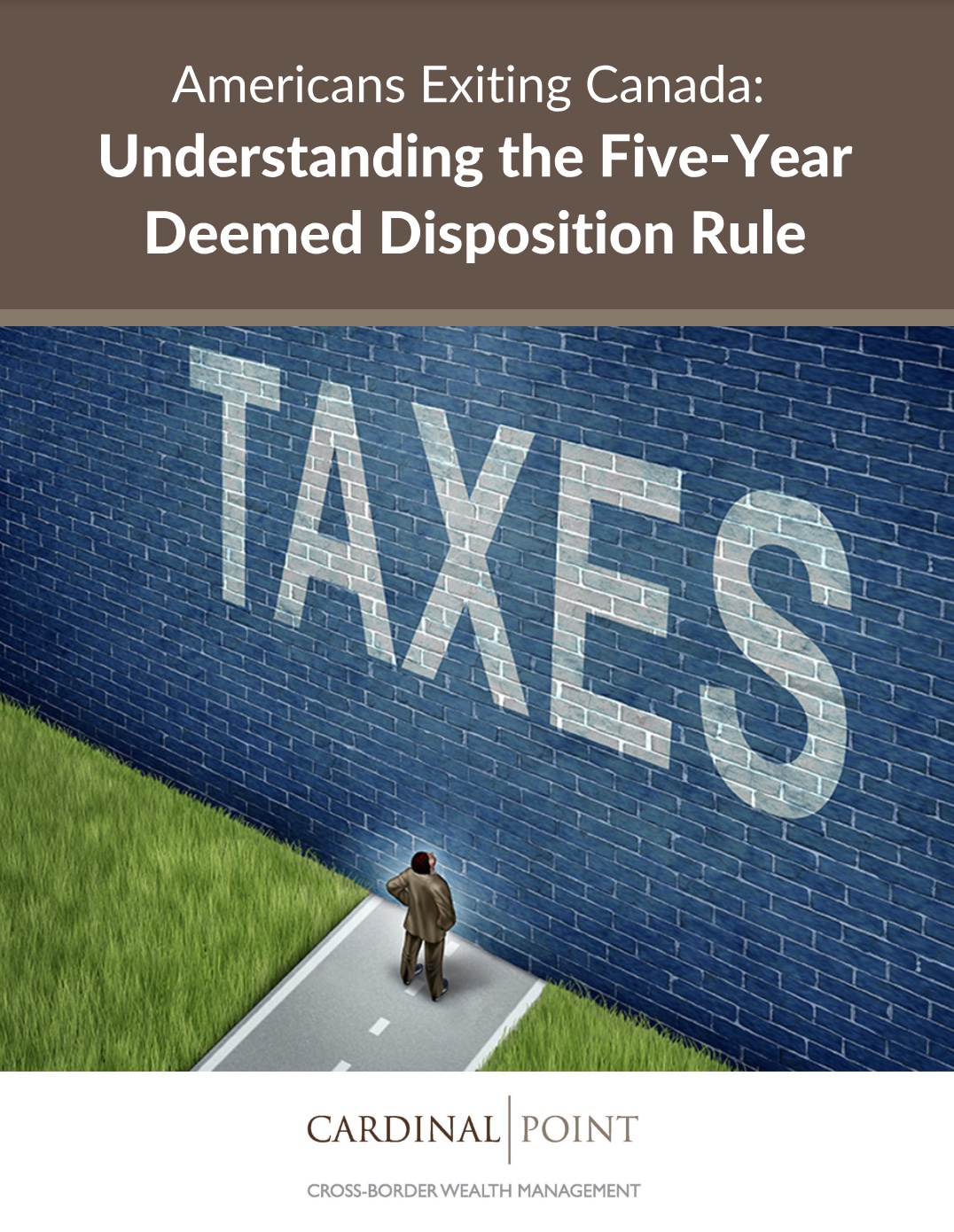The desire to gift assets between parties where a personal relationship exists constitutes a non-arm’s length transaction. Gifting is often born from an innate wish to see those who are closest to you enjoy the fruits of your successful financial life. That’s true whether it’s to celebrate or commemorate a birthday, wedding, graduation, job promotion, anniversary, or other milestone – or just to share your generosity. There are also other reasons why gifts may be made, such as:
- Grandparents may want to help their grandchildren pay for higher education as college tuitions skyrocket.
- Spouses may decide to retitle assets held in individual accounts into a joint account, for estate or tax planning purposes.
- Parents often make a gift of down payment funds to help a child purchase their first home.
- Sentimental art or jewelry can be passed from parent to child as a gift.
- Aunts or uncles may want to gift an automobile to a niece or nephew.
But when viewing such scenarios through a cross-border lens, it’s vital to know how gifts may be affected by financial and taxation rules and regulations based on such things as the immigration, residency, and relationship status of the donor and recipient. The type of asset being gifted as well as where the asset is domiciled (for example, Canada vs. the U.S) should also be considered. The following article explains some of the nuances of non-arm’s length gifting including non-charitable gifts, and examines common scenarios to help you strategically plan your gifts for the greater benefit of both you and the designated recipient.

Summary and Takeaways
When you gift assets to someone with whom you share a personal relationship, that is deemed a non-arm’s length transaction. A mother may give family heirloom jewelry to her daughter. A grandparent may help pay a grandchild’s tuition, or an uncle may give his nephew an automobile as a graduation present. But if it is a cross-border transaction, it may be subject to complex financial and taxation rules and regulations which can be difficult to grasp. This article provides information to help you understand the rules so you can comply with them while taking steps to avoid unnecessary taxation and preserve your wealth.
Key Takeaways
- When planning for non-arm’s length gift giving in a cross border context, important considerations include both the donor’s and the beneficiary’s country of residence and immigration status.
- Those – and the nature of the personal relationship – will play a significant role in your planning. So will the type of asset that is being bestowed and what country it is located in at the time the gift transaction occurs.
- If the gift is tuition, you may want to use a 529 savings plan – but that can require filing specific tax documents when you provide the funds to the recipient.
- Also note that the U.S. lifetime gift tax exemption in 2023 is $12.92 million, but will revert to only $5.49 million starting in 2026
Grandparents Gifting Money to Grandchildren for College Education
Scenario A Assumptions
- Dual citizen grandparents and grandchildren residing in the U.S.
- Cash domiciled in the U.S. represents the gift
In this specific case, one common gifting option suggests that the grandparents contribute funds to their grandchild’s 529 education plan. Details about 529 plans can be found in Cardinal Point’s Ebook: Cross-Border Implications of Holding a 529 Plan. For the tax year 2023, the annual gift tax exclusion to a non-spouse beneficiary is $17,000 USD. If both grandma and grandpa were to perform gift splitting, the annual gift tax exclusion is doubled. In the latter case, a gift tax Form 709 would need to be prepared and filed with the same due date as the grandparents’ U.S. income tax return. No gift tax would be owed given the current lifetime gift and estate tax exemption amount of $12.92M USD per person (2023).
From time to time, grandparents choose to “front load” the 529 plan by contributing up to five years’ worth ($170K USD for 2023) of annual gift tax exclusion funds to a grandchild’s 529 account. In this case, no additional excludible contributions can be made for another five years. Even if front loading of the 529 plan via cash gifts beyond the annual gift tax exclusion took place, it is unlikely that gift tax would be owed − unless the current lifetime gift and estate tax exemptions dramatically fell or if grandma and grandpa had already used up their lifetime exemption. There will be an additional tax preparation cost, but that is normally not very significant. Keep in mind that although the IRS does not allow a tax deduction for contributions to a 529 plan, some states do. Furthermore, some states also set contribution limits for 529 plans.
Scenario B Assumptions
- Canadian citizen / U.S. Green card holder grandparents residing in the U.S.
- Grandparents properly exited Canada and filed their Canadian departure / exit tax return when they moved to the U.S.
- Canadian-only parents and grandchildren residing in Canada
- Cash located in the U.S. is the gift consideration
Unlike Scenario A, Canada has a separate college funding account mechanism called a Registered Education Savings Plan (RESP). For more information on RESPs visit Cardinal Point’s blog on Canada & U.S. Education Savings Options. The U.S. tax resident grandparents can help fund the RESP and allow those contributions to attract Canadian Education Savings Grants (CESG) from the Canadian government.
From a Canadian tax perspective, neither the grandparents, parents, nor grandchildren need to report the gift. In instances other than a contribution to a registered plan, income attribution rules would need to be considered – but those complex laws are beyond the scope of this article.
From a U.S. tax perspective, it is unlikely there would be a need to report the gift on a U.S. gift tax Form 709, since contribution limits on RESPs are much less than in the U.S. Although the amount of contributions are significantly less in RESPs than in 529 plans, the cost of tuition in Canada is typically substantially lower.
It’s important to note that there are U.S. income tax issues for U.S. tax residents when they are the subscriber on a Canadian RESP. Therefore, in this case, if the U.S. grandparents wanted to partake in subscriber duties, the income within the RESP would become taxable to them in the U.S., which is something to avoid. If a non-U.S. person were the subscriber the tax liability would be much lower.
Scenario C Assumptions
- Canadian citizen / resident, non-U.S. citizen grandparents
- Dual citizen grandchildren residing in the U.S. who plan to attend college in the U.S.
- Cash located in Canada in Canadian dollars for gift consideration
This scenario is not as common as the first two. The tax benefits of an RESP for a child planning to attend a U.S. college are not consistent with Scenario B. That said, grandparents can gift funds to their grandchild’s 529 plan − but have the additional hurdle of FX rates to overcome. If this scenario were to occur, Cardinal Point has business relationships with online FX providers to optimize FX rates between CAD and USD.
From a Canadian tax perspective, any income (not including realized capital gains) generated by the gift to the minor grandchild would technically need to be attributed back to the grandparent since 529 accounts are not recognized in Canada for their tax-sheltered status.
If the Canadian resident grandparents subscribe to an RESP instead of a 529 plan for their U.S. resident grandchildren, be aware that the grandchildren will not be able to access the CESG (government grant) portion of the RESP unless they become Canadian residents while attending their university.
From a U.S. tax perspective, if the gift exceeded $100K USD equivalent, a “Form 3520, Annual Return to Report Transactions With Foreign Trusts and Receipt of Certain Foreign Gifts” would need to be filed by the owner of the 529 account for the year of gift.
For these reasons, this scenario is uncommon.
Gifting in Estate Planning – Retitling Assets from Individual to Joint Tenancy with Rights of Survivorship
In many good estate plans, “will substitutes” are maximized in order to avoid probate. This is done by retitling assets owned individually into joint tenancy, so the surviving tenant can maintain full control of the asset after the death of the other. The transfer to the survivor happens outside of probate. This alleviates potential tax owed on the decedent’s ownership of the asset (if certain elections are made on the decedent’s tax return) and allows the survivor to avoid lengthy court proceedings to distribute their late spouse’s estate at a time when they are grieving the loss. Furthermore, probate costs are minimized. It should be noted that tax-advantaged plans such as an RRSP, TFSA, Roth IRA, and Traditional IRA, can only be owned individually. But retirement plans such as these can have beneficiary designations allowing the inherited funds to also avoid the probate process.
Assuming both spouses are comfortable with amalgamating applicable assets into joint titling, there is an unconscious “gift” that takes place. This is true whether the asset and/or person resides in Canada or the U.S. Multiple scenarios can quickly develop, and we will outline a few of those below.
Scenario A – Canadian citizen and resident spouses
Forms are required for non-real estate assets in order to reregister the individual bank and non-registered accounts into joint tenancy. There is a deemed disposition for the original owner at cost, resulting in a continuation of that spouse’s original book value for their 50% share of the joint account. Canadian income tax rules dictate that all income and capital gains within the joint accounts attribute back to the original owner prior to the reregistration. The original owner still reports all the income, but upon their death probate may be avoided.
With respect to changes in real estate titling, there are a couple of additional items to consider. The method of title transfer is a more formal process, typically via an attorney deeding the property title transfer. Secondly, there can be a land transfer tax, and in some jurisdictions (i.e., Toronto), there is both a provincial and municipal land transfer tax. This can easily result in tens of thousands of dollars of taxes when retitling, given the “deemed disposition” for these types of assets. Fortunately, in Ontario, retitling the property between spouses exempts the property from land transfer tax.
Scenario B – Dual citizen spouses residing in the U.S. who plan on returning to Canada in a few years
As U.S. citizens, spouses are entitled to the unlimited marital gift tax exemption. This allows spouses to transfer an unlimited amount of assets or gifts between one another. Therefore, if all assets are domiciled in the U.S., any shift from individual to joint tenancy avoids income and gift tax altogether. There is no “deemed disposition” as there would be in the case of Canadian residency. However, it is a good idea to file a gift tax return to report and document that the transfer is eligible for the unlimited marital exemption.
Scenario C – Dual citizen husband residing in the U.S. with Canadian citizen / U.S. Green Card wife residing in the U.S. There are U.S. “situs” assets only.
Without U.S. citizenship, special rules apply if the recipient spouse is a U.S. Green Card holder. For non-U.S. citizen spouses, the marital deduction is limited to $175,000 USD for tax year 2023. Therefore, attempting to create a smooth estate plan by retitling applicable assets into joint names could potentially trigger negative U.S. gift tax consequences. Let’s look at an example.
John is a U.S. citizen and Jane is a Canadian citizen with a U.S. Green Card. John has a taxable brokerage account worth $2M USD. John would like to minimize gaps in his estate plan and maximize future income tax splitting in preparation for his move to Canada, by adding Jane on the account title. If John were to follow through with that plan, he would be gifting 50% of the account, or $1M USD, into Jane’s name. However, this gift exceeds the maximum marital deduction to a non-U.S. citizen spouse by $825K USD. Essentially, John would have to file a U.S. Form 709 Gift Tax Return and decrease his lifetime gift and estate tax exemption amount from $12.92M USD to $12.09M USD or less. This may seem insignificant, but tax laws are in flux and in 2025 the current lifetime gift and estate tax exemption amounts are scheduled to revert to what they were prior to the 2017 Tax Cuts and Jobs Act. Future exemption levels could be substantially lower, resulting in John having a smaller unused Lifetime Gift and Estate Tax Exemption available at his death.
In Summary
Domestic or cross-border gifting strategies involving non-arms-length transactions can take many different forms, each requiring its own unique strategies and considerations. We’ve outlined just a few in this article, and with any type of gift the Canadian and U.S. tax issues and corresponding opportunities are important to understand and dissect. The immigration, residency, and relationship status of the donor and recipient have significant implications when it comes to cross-border financial planning. That’s why it is critical that you integrate and coordinate your gift giving plans in full alignment with your overall cross-border investment, tax, and estate planning. The educational insights provided in this article are general in nature, but to review your specific circumstances and objectives, please contact Cardinal Point.

























 Whether you are transitioning residency between Canada and the U.S. or you have already made the move, it is important to understand the benefits of a cross-border financial plan. Learn how Cardinal Point can help when holding investment assets or financial interests in the U.S. or Canada.
Whether you are transitioning residency between Canada and the U.S. or you have already made the move, it is important to understand the benefits of a cross-border financial plan. Learn how Cardinal Point can help when holding investment assets or financial interests in the U.S. or Canada. U.S. taxpayers living in Canada or the U.S. can unknowingly employ investment strategies in their portfolios that have unfavorable U.S. tax implications. Learn which investment securities should be considered and avoided within your investment accounts.
U.S. taxpayers living in Canada or the U.S. can unknowingly employ investment strategies in their portfolios that have unfavorable U.S. tax implications. Learn which investment securities should be considered and avoided within your investment accounts.

